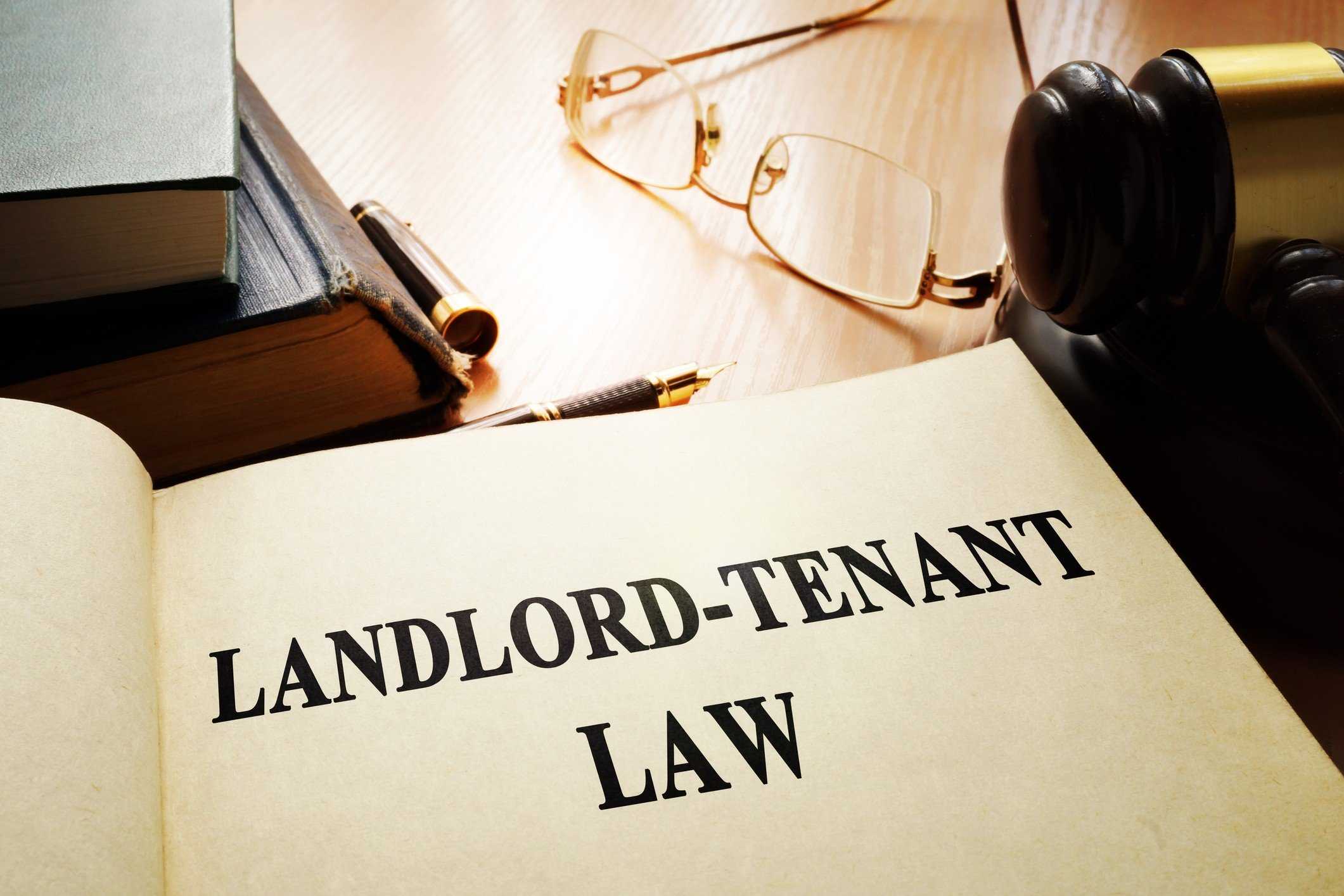BY: JAY BRIJPAUL
The Residential Tenancy Act was established in January 2007 to assist both sides when there are disputes. The legislation is fair and balanced, and in May 2017, the act was revised and called The Residential Fairness Act.
The Residential Fairness Act broadens rent control to all private rental units, protects tenants from eviction due to the over-exploitation of the term “landlord’s own use,” and implements a standard lease agreement. The standard lease agreement is mandatory for most residential leases. It is written in simple language where both parties can understand their rights and responsibilities. The intent is to reduce the number of disputes between landlords and tenants and hence less work for the board.
It is important to note that a landlord cannot insist that a tenant must give twelve post-dated cheques or agree to automatic payments unless the tenant chooses to do so. In the event of NFS cheques, the landlord can only charge an administrative fee of $20.00 plus bank charges. Many landlords insist on getting more than the one-month rental deposit and that is not legal. A rental deposit cannot be used as a damage deposit; it is for the last month’s rent and the landlord must pay interest every year on the deposit. Also, a landlord cannot dictate whether a tenant can have pets, guests or even additional occupants.
The standard lease form can be downloaded from the Ontario website: http://www.forms.ssb.gov.on.ca
There are some portions of the form that are compulsory: the names of the tenant and landlord; the length of lease; rent amount; the service the landlord intends to give to the tenant. As of April 30th, 2018, a new tenant can ask for a standard lease in writing and the landlord has 21 days to furnish it. If the landlord declines, the tenant can hold one month’s rent after the 21 days and if the landlord fails to provide the standard lease within 30 days after withholding, the tenant does not have to repay the one month’s rent. The tenant can also give 60 days’ notice and terminate the lease early. At the end of the term, the tenant can leave by giving 60 days’ notice or become a month-to-month tenant. The landlord cannot evict the tenant because the lease term has expired.
To evict a tenant, the landlord must follow the rules and use the required form. These forms are available from the landlord and tenant board website at http://www.sjto.gov.on.ca/ltb/forms. The landlord can give the tenant notice to end the tenancy if the tenant fails to pay the full rent when it’s due; where the tenant causes damage to the rental unit, or the tenant substantially interferes with the quiet enjoyment of other tenants or the landlord. If the landlord gives a tenant notice, the tenant does not have to move. The landlord must apply to the landlord and tenant board. The board will hold a hearing and then decide. If an eviction is ordered, it can only be enforced by the sheriff. It is an offense to evict a tenant without following the proper procedures. If convicted, the landlord can be fined up to $25,000 as an individual and if it is a corporation, as much as $100,000.
For personal use, the rules are stringent and only individuals and not corporations can evict a tenant. Under the new rules, the landlord must give the tenant one-month free rent. If the landlord advertises or rents the unit to another tenant within one year, they can be fined up to $25,000.
The new bill gives more protection for tenants but that should not deter investors from investing in real estate. Toronto is becoming a mega city and with the increasing demand for housing, prices will climb to new heights. If you are in it for the long term, screen your tenants well and treat them fairly. You are on the highway to financial freedom.

